Volume Conversion Worksheet
Are you struggling to understand volume conversion calculations? Look no further! This blog post will provide you with a handy volume conversion worksheet that will help you master this subject with ease. Whether you are a student preparing for an exam or simply looking to refresh your knowledge, this worksheet is designed to assist learners of all levels in understanding the concept of volume conversion.
Table of Images 👆
- Mass and Weight Measurement Conversion Chart
- Worksheet Mole-Mass Problems Answer Key
- Chemistry Mole Concept Worksheet
- Metric Conversion Worksheet
- Metric Conversion Word Problems Worksheet
- Metric Mania Worksheet Answer Key
- Converting Measurements Worksheets
- Chemistry Mole Conversion Chart
- Time Unit Conversion Worksheet
- 6th Grade Math Worksheets Mean Median Mode
- 6th Grade Math Word Problems Worksheets
- 6th Grade Math Worksheets Algebra
- Culinary Math Conversion Chart
- Math Area and Perimeter Word Problems
More Other Worksheets
Kindergarten Worksheet My RoomSpanish Verb Worksheets
Cooking Vocabulary Worksheet
DNA Code Worksheet
Meiosis Worksheet Answer Key
Art Handouts and Worksheets
7 Elements of Art Worksheets
All Amendment Worksheet
Symmetry Art Worksheets
Daily Meal Planning Worksheet
What is the basic concept of volume conversion?
The basic concept of volume conversion involves converting the measurement of a volume from one unit to another, such as from liters to milliliters or from gallons to cubic feet. This conversion is done by utilizing the conversion factors that define the relationship between different units of volume, allowing for accurate and consistent measurement in different systems of measurement.
How do you convert cubic inches to cubic centimeters?
To convert cubic inches to cubic centimeters, you can use the conversion factor: 1 cubic inch is equal to approximately 16.387 cubic centimeters. Therefore, to convert cubic inches to cubic centimeters, you would multiply the number of cubic inches by 16.387 to get the equivalent volume in cubic centimeters.
What is the conversion factor for converting milliliters to liters?
To convert milliliters (mL) to liters (L), the conversion factor is 1 liter is equal to 1000 milliliters. This means that to convert milliliters to liters, you would divide the volume in milliliters by 1000.
How would you convert gallons to liters?
To convert gallons to liters, you can multiply the number of gallons by 3.78541. This conversion factor represents the number of liters in one gallon. So, if you have a certain number of gallons, you can multiply that by 3.78541 to get the equivalent amount in liters.
Can you explain the process of converting cubic feet to cubic meters?
To convert cubic feet to cubic meters, you can use the conversion factor 1 cubic meter is equal to approximately 35.3147 cubic feet. Simply multiply the number of cubic feet by this conversion factor to obtain the equivalent value in cubic meters. For example, to convert 10 cubic feet to cubic meters, you would multiply 10 cubic feet by 0.028316847 (which is the reciprocal of 35.3147) to get approximately 0.2832 cubic meters.
What is the formula for calculating the volume of a rectangular prism?
The formula for calculating the volume of a rectangular prism is V = l x w x h, where V represents the volume, l is the length, w is the width, and h is the height of the prism.
How do you convert fluid ounces to milliliters?
To convert fluid ounces to milliliters, you can use the conversion factor of 1 fluid ounce equaling 29.5735 milliliters. Simply multiply the number of fluid ounces by this conversion factor to get the equivalent amount in milliliters. For example, if you have 10 fluid ounces, you would multiply 10 by 29.5735 to get 295.735 milliliters.
What is the concept of converting pints to fluid ounces?
Converting pints to fluid ounces involves multiplying the number of pints by 16, as there are 16 fluid ounces in a pint. This calculation helps in accurately determining the volume of liquid in terms of smaller units (fluid ounces) when starting with a larger unit (pints).
Can you describe the steps to convert cubic yards to cubic meters?
To convert cubic yards to cubic meters, you can use the following formula: cubic meters = cubic yards x 0.76455. Simply multiply the number of cubic yards by 0.76455 to get the equivalent volume in cubic meters. This conversion factor helps in converting units of volume from the imperial system (cubic yards) to the metric system (cubic meters).
How would you convert teaspoons to tablespoons?
To convert teaspoons to tablespoons, you need to keep in mind that 1 tablespoon is equal to 3 teaspoons. So, to convert teapoons to tablespoons, simply divide the number of teaspoons by 3. For example, if you have 6 teaspoons, you would have 2 tablespoons (6 divided by 3 equals 2).
Have something to share?
Who is Worksheeto?
At Worksheeto, we are committed to delivering an extensive and varied portfolio of superior quality worksheets, designed to address the educational demands of students, educators, and parents.





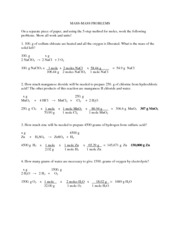
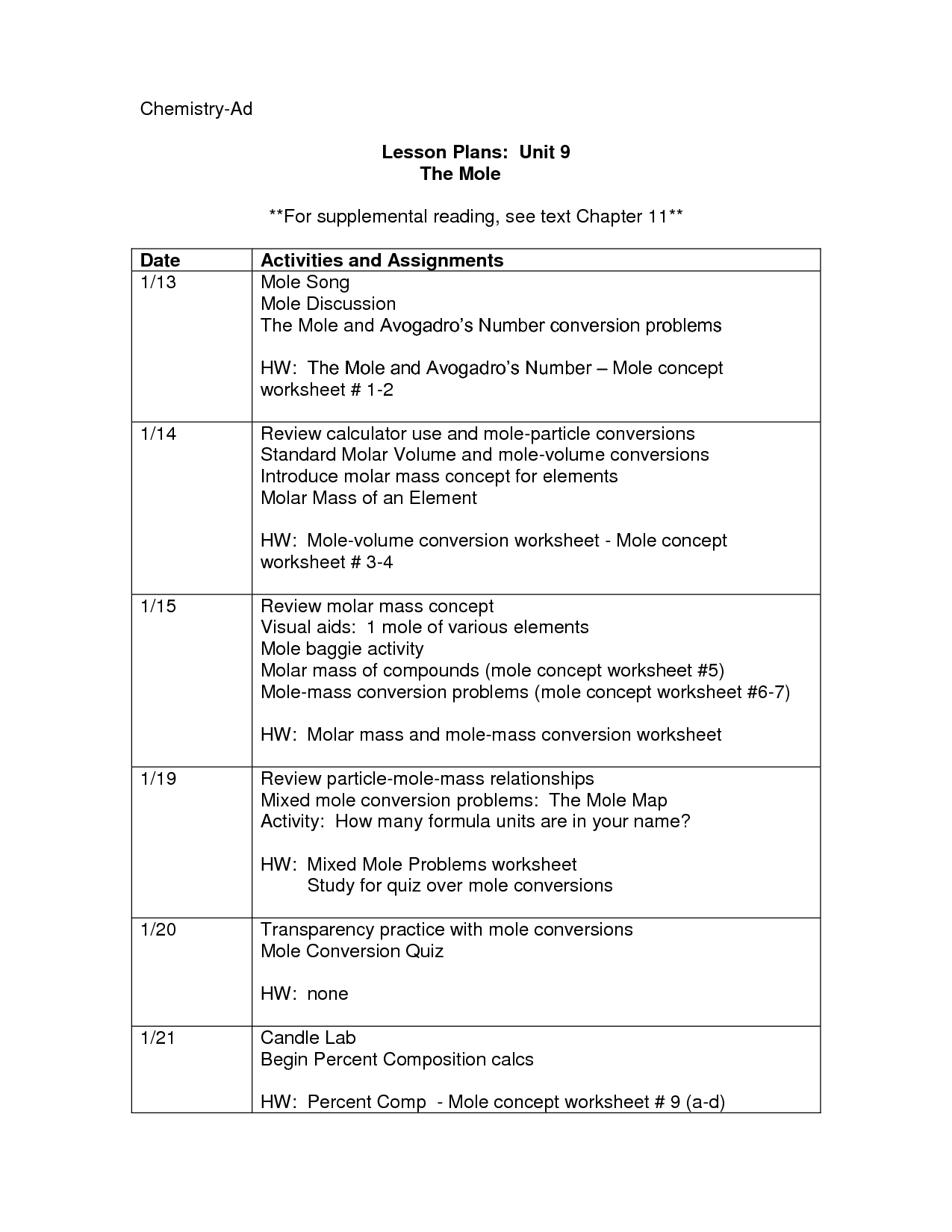
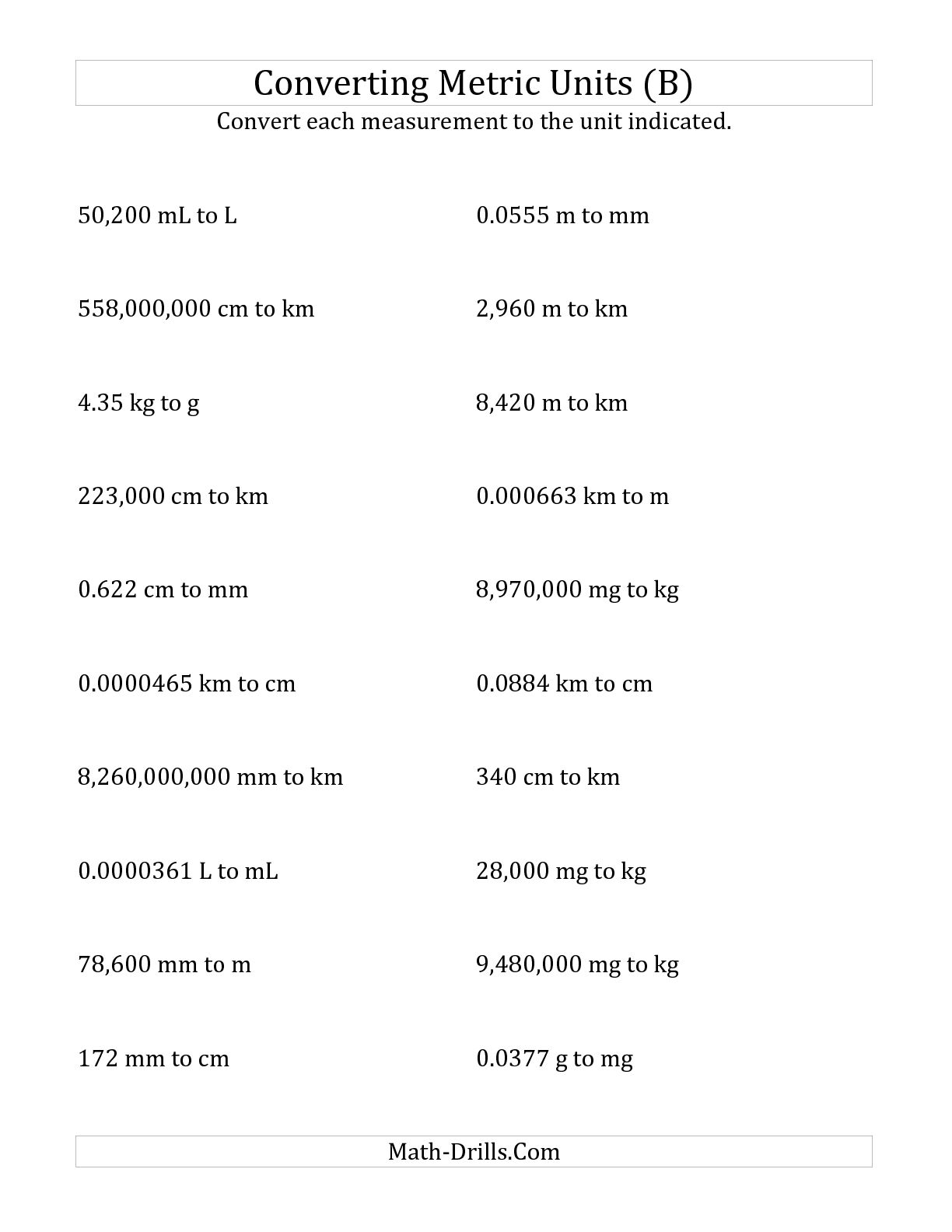

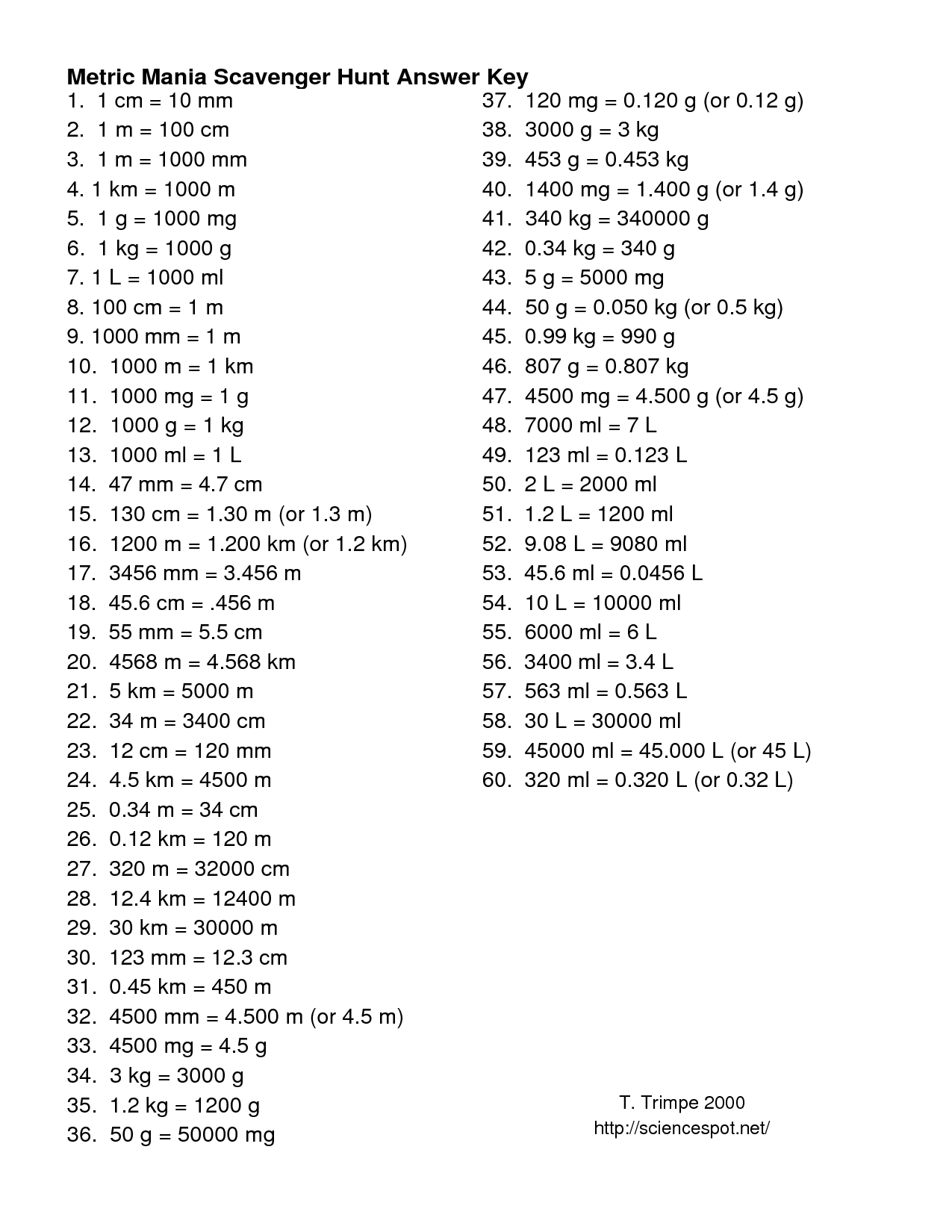
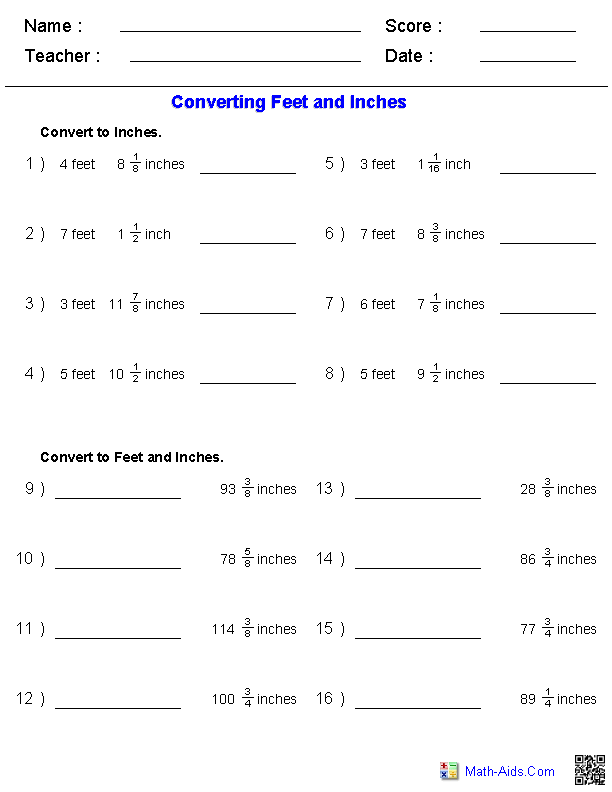
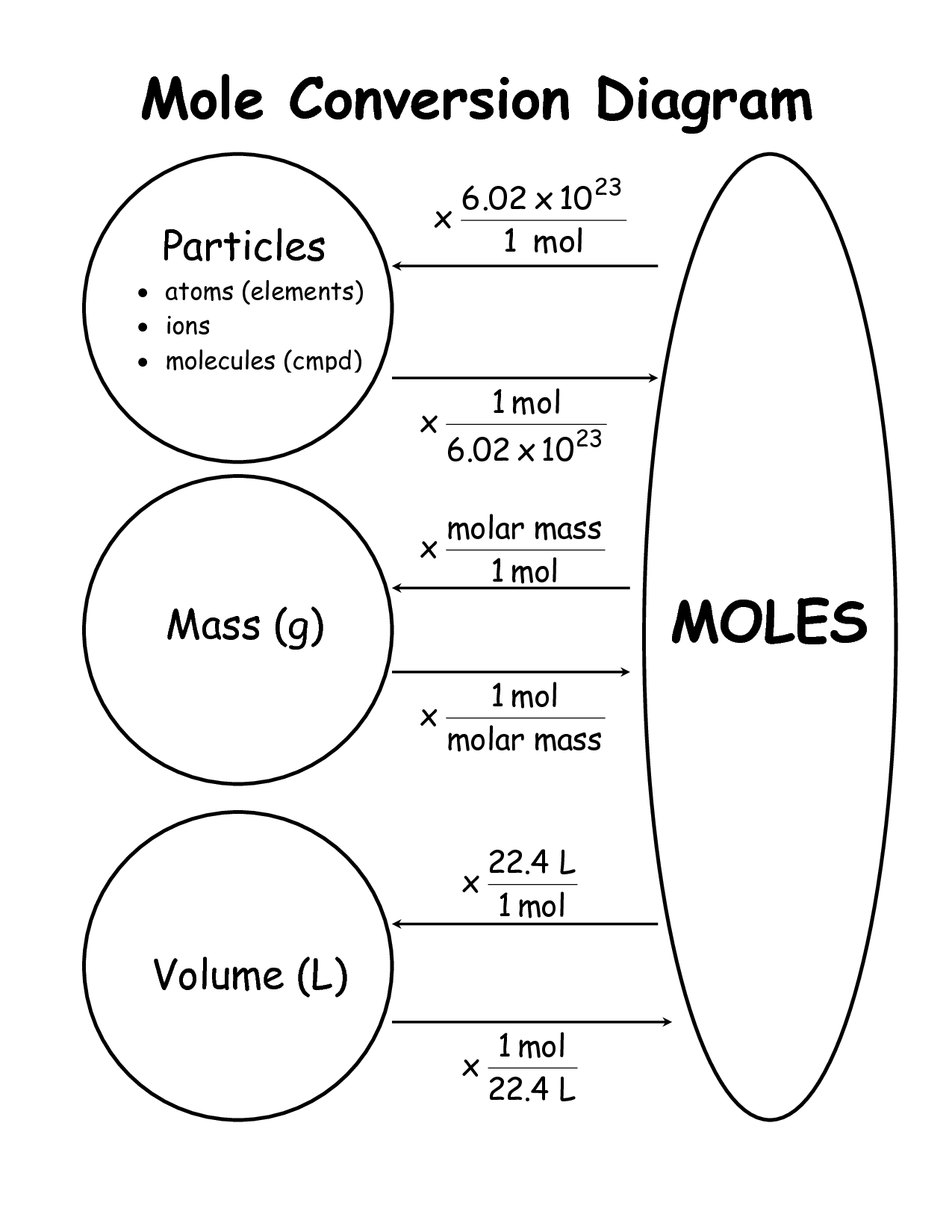
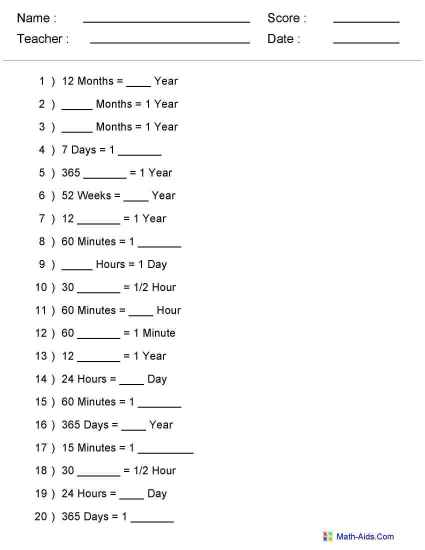
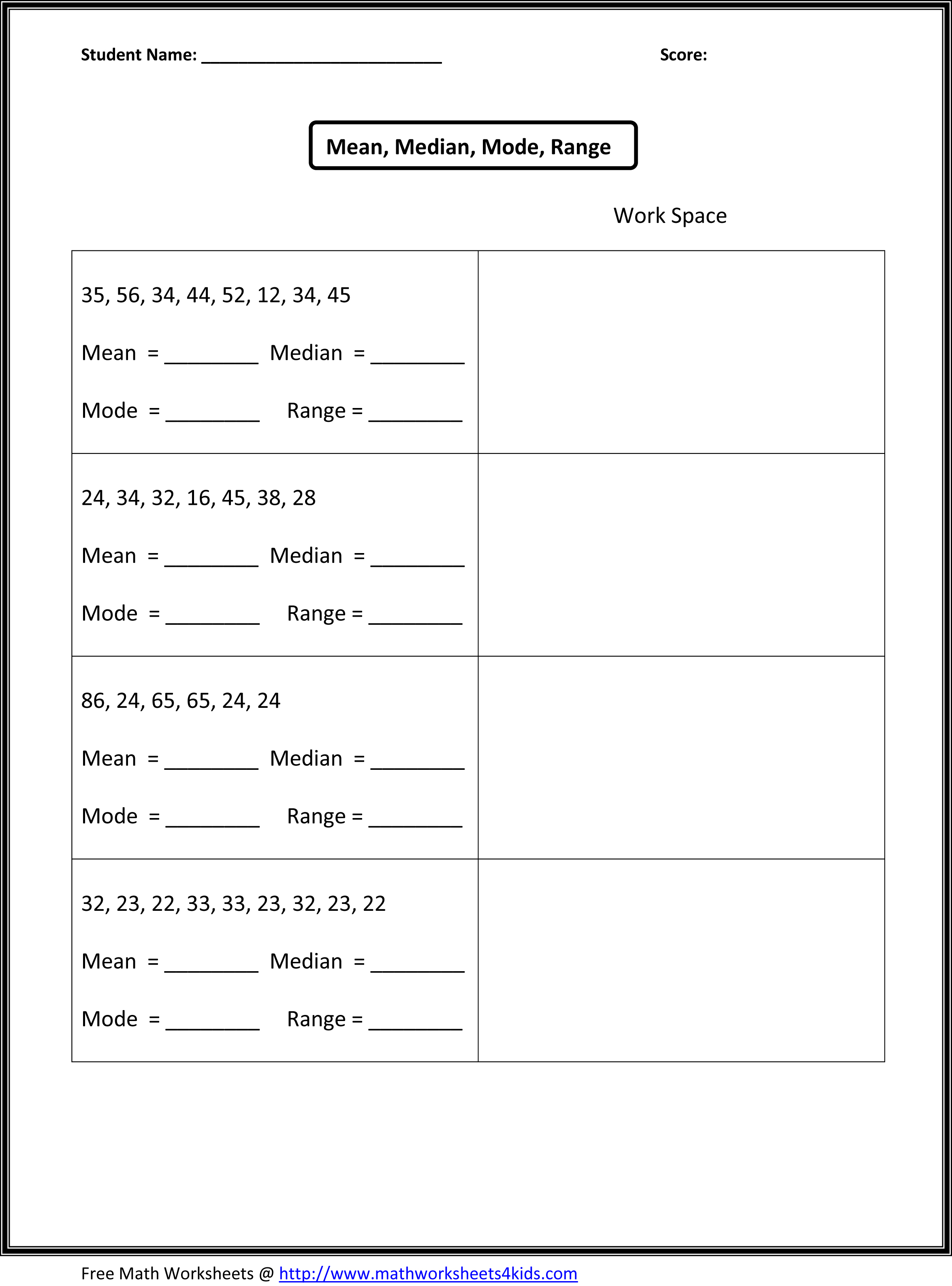
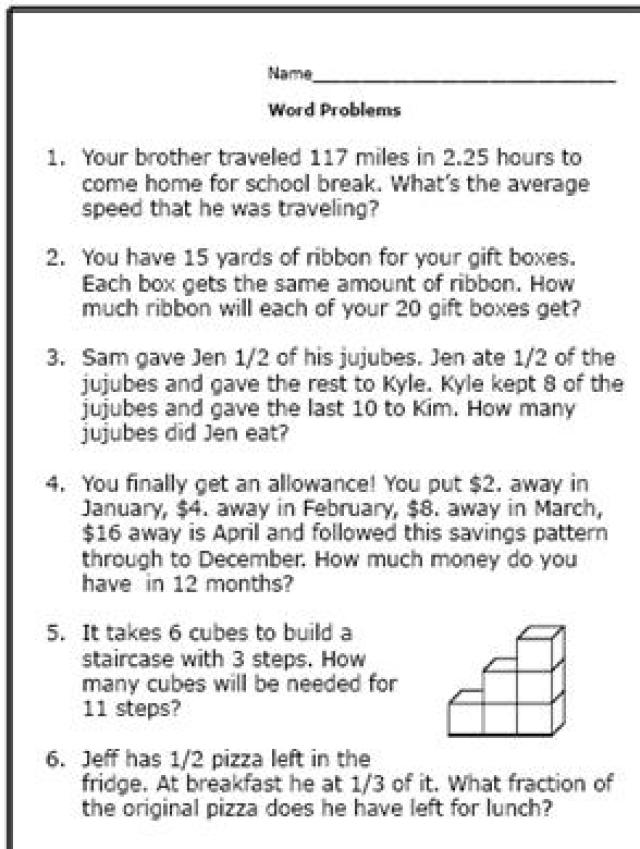

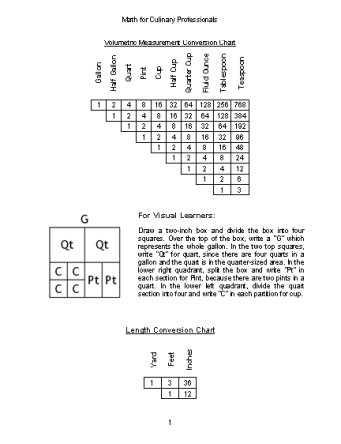
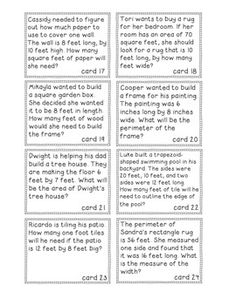














Comments